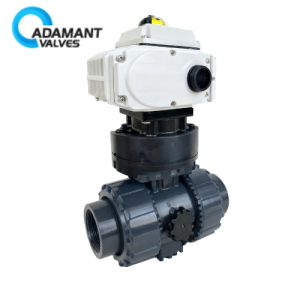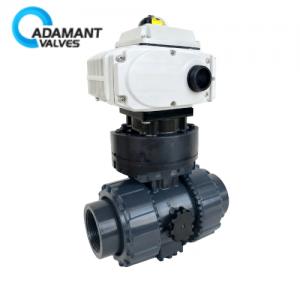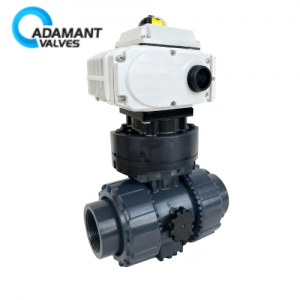The Structural Characteristics of Sanitary Plug Valves
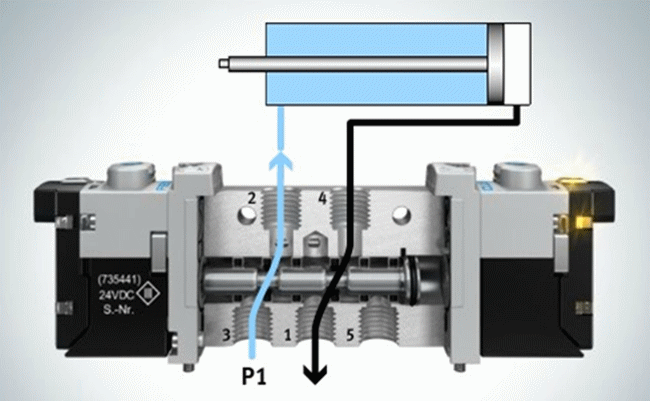
Sanitary plug valves have four major structural characteristics:
1. Sanitary plug valves are among the first sanitary valves to be used by human beings in history. As a result of simple structure, quick opening and closing (opening and closing can be achieved when the plug rotates one-quarter round), easy operation, small fluid resistance, they are still widely used today.
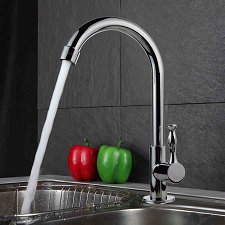
Now they’re mainly used in circumstances where the pressure is low, the diameter is small and the medium temperature is not high.
2. Sanitary plug valves are mainly used in pipelines to cut off, lift and change the flow direction of the medium. They’re adaptable to the multi-channel structures so that one single valve can have two, three, or even four different flow channels, which can simplify the design of the piping system, reduce the number of valve doors, and some connecting accessories the equipment requires.
3. Fluids in sanitary plug valves flow directly through, the resistance is small, and the opening and closing are easy and fast.
4. All the other functions that can be achieved according to the structural characteristics and design of sanitary plug valves.
What is a plug valve used for?
Usually available in cylindrical or conical shapes, plug valves are quarter-turn manual motion valves used for stopping or starting the flow of fluid. They offer on-off, diverting, as well as basic moderate throttling services.
Conclusion
Thank you for reading our article and we hope it can help you better understand the structural characteristics of sanitary plug valves. If you want to learn more about the structural characteristics of sanitary plug valves, we would like to advise you to visit Adamant Valve homepage for more information.


